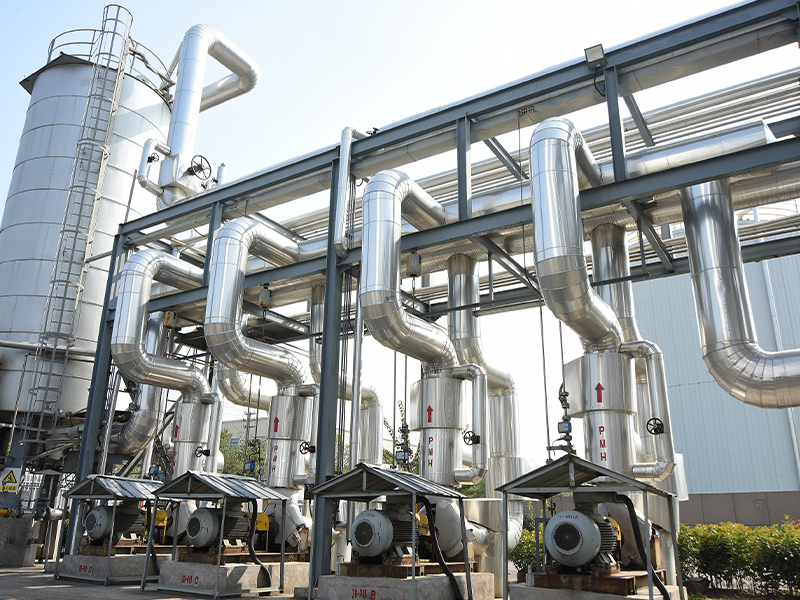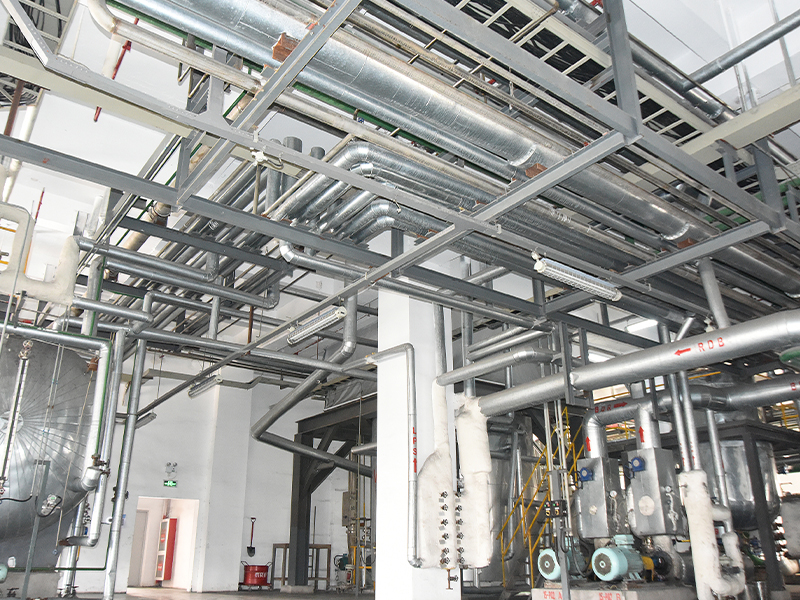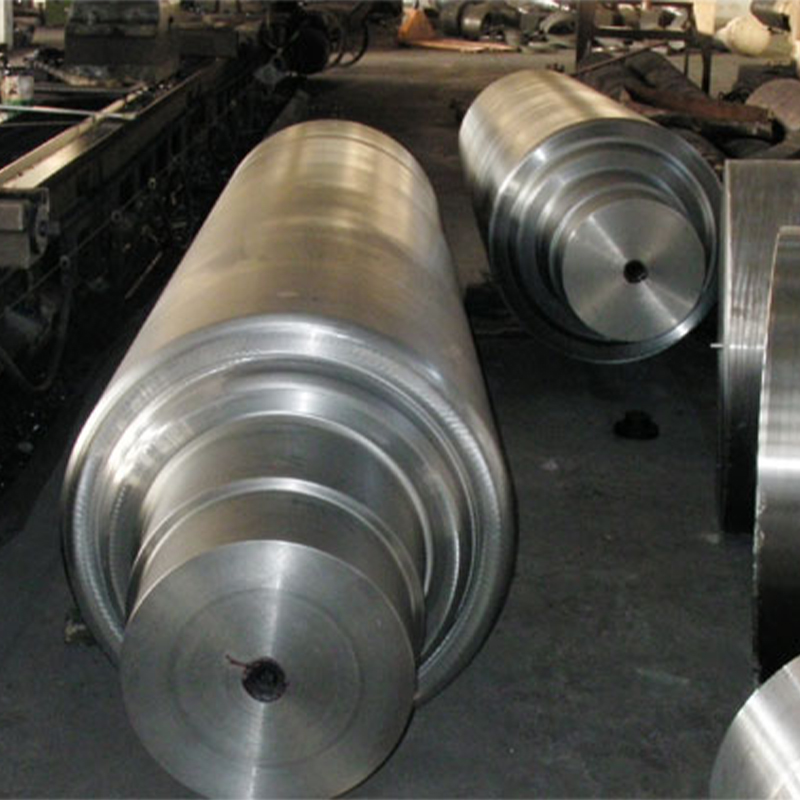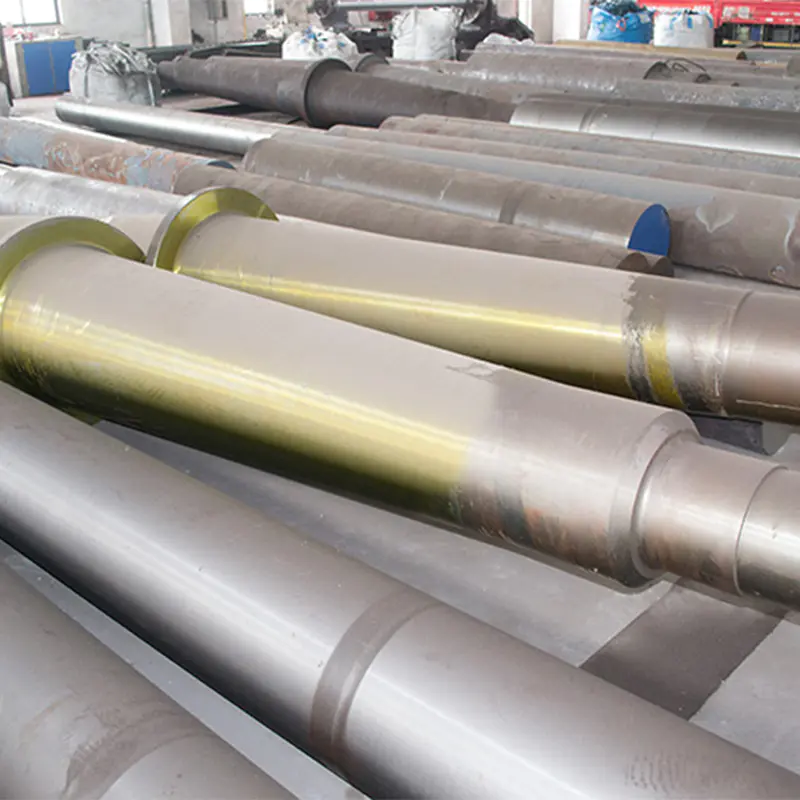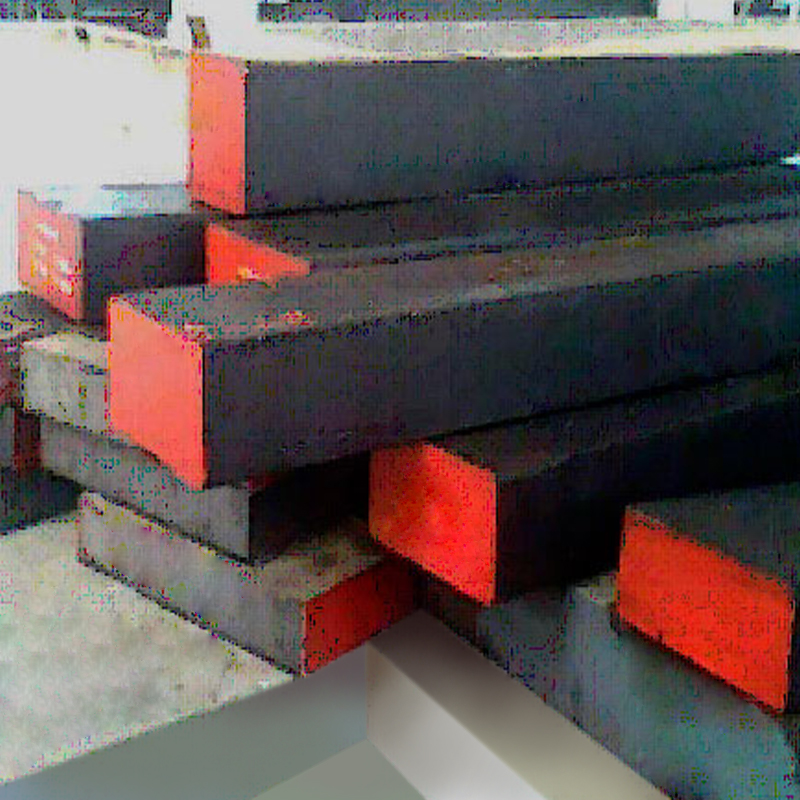
The forging process enhances the material's thermal stability by refining the grain structure, which helps to prevent thermal degradation and maintains mechanical strength at high temperatures. When exposed to heat, Forged Material Bars made from alloys like tool steels, stainless steels, and nickel-based alloys are better equipped to withstand thermal stresses. These materials can retain their strength and hardness even at elevated temperatures, making them ideal for industries such as aerospace, energy production, and automotive manufacturing. The high-temperature resistance of these materials can be further improved by subjecting the forged bars to heat treatments such as quenching and tempering. These heat treatments alter the microstructure of the material, increasing its resilience to thermal cycling and ensuring that it does not lose its shape or mechanical properties during prolonged exposure to high temperatures.
The ability of Forged Material Bars to withstand high-pressure environments is largely attributed to the dense, uniform structure achieved through the forging process. Unlike cast or extruded materials, which may have voids or internal defects that can compromise their performance under pressure, forged bars exhibit superior structural integrity. This is especially critical in applications such as pressure vessels, hydraulic systems, and heavy-duty machinery, where materials are subjected to extreme compressive forces. The forging process itself reduces the likelihood of material failure caused by internal stresses, as it ensures that the grain flow is aligned to provide optimal strength. In high-pressure applications, Forged Material Bars are less likely to experience issues such as fracture, fatigue failure, or creep deformation, which are common in less robust materials.
Corrosion resistance is a critical factor in selecting materials for harsh environments. Forged Material Bars can be produced using alloys that are highly resistant to corrosion, such as stainless steel, nickel alloys, and titanium. The forging process ensures that these materials maintain homogeneity and are free from porosity or inclusions, which could serve as sites for corrosion to initiate. Some Forged Material Bars are specifically designed for use in corrosive environments like marine, chemical processing, or petrochemical industries, where they are exposed to saltwater, acids, or other aggressive chemicals. For example, nickel-based alloys such as Hastelloy and Monel are chosen for their superior corrosion resistance in highly acidic or corrosive environments. In addition to the inherent properties of the chosen materials, post-forging treatments such as surface coating, electroplating, or galvanizing can be applied to further enhance the corrosion resistance. These treatments form a protective layer over the forged bars, shielding them from environmental factors such as moisture, salts, and industrial chemicals, thus extending their service life.
One of the key benefits of Forged Material Bars is their ability to withstand cyclic loading and thermal cycling. The forging process creates a grain structure that is both uniform and aligned, providing exceptional resistance to crack propagation and fatigue failure. When exposed to cyclic stress — such as the repeated loading and unloading that occurs in automotive engines, compressors, and rotating machinery — forged bars are less likely to develop cracks or fractures that could lead to failure. This is because the material has greater resilience and uniformity than other materials, such as cast or rolled bars. Similarly, thermal cycling, where materials are exposed to frequent and rapid temperature changes, does not compromise the structural integrity of Forged Material Bars in the same way it might affect materials with less refined grain structures.



 English
English русский
русский Español
Español عربى
عربى